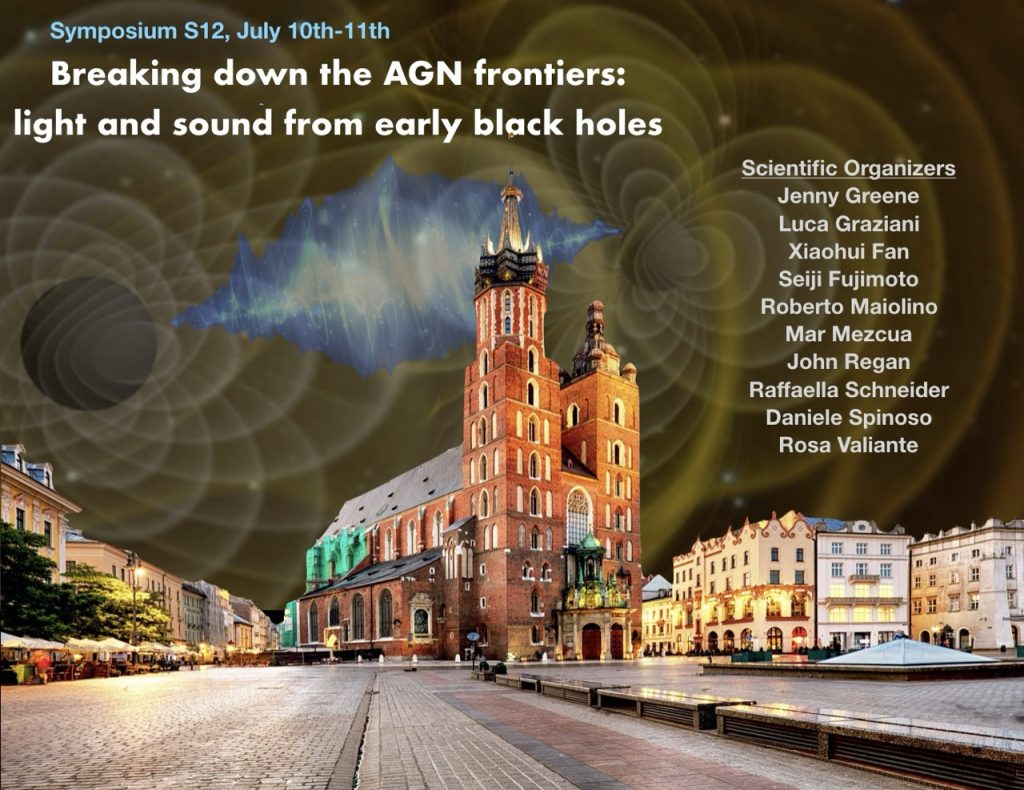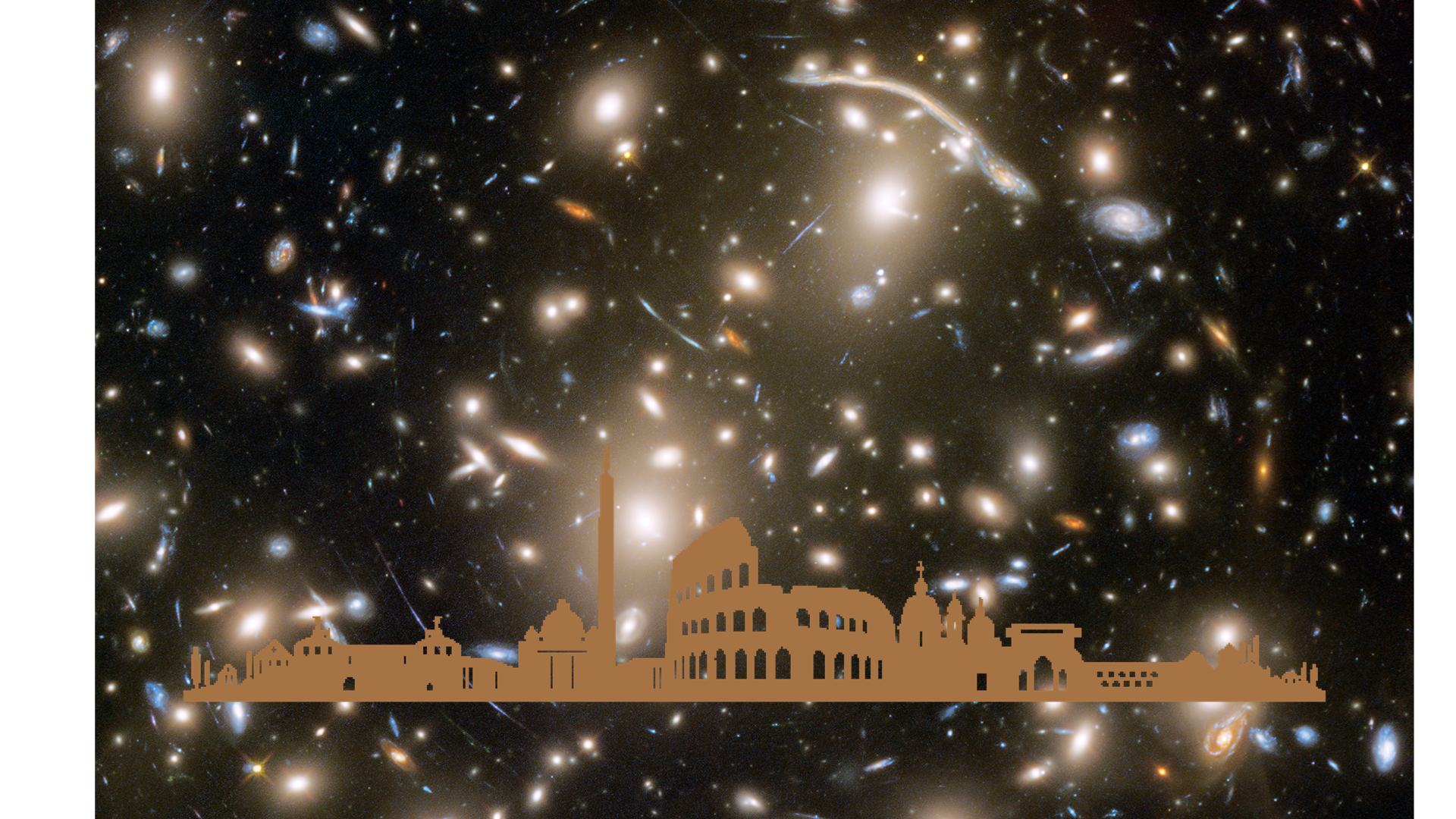
https://eas.unige.ch/EAS_meeting/session.jsp?id=S3
To date we have discovered more than 200 quasars at z>6 powered by accreting black holes with masses up to 109 – 1010 M⊙. The physical mechanisms driving/regulating their formation and evolution are among the most debated issues in Astrophysics.
With the first load of data incoming from JWST (with most Cycle 1 programs likely executed) and in view of the future campaigns/missions like Athena, LISA, ET, it is urgent to set the stage for interpreting observational information, refine/develp models, tools as well as selection strategies.
In this Symposium we will discuss the most recent advances in theoretical and observational studies of supermassive black holes at the reionization epoch as well as the cosmic evolution of the seeds out of which they form. In detail, we will review the state of the art of:
1. theoretical studies for the formation and growth of early black holes (from the seeds to the supermassive) including black hole dynamics, comparing the results of different approaches (e.g. analytical models and numerical/hydro simulations). We foresee to foster discussion on the relevant processes operating on different scales and in different physical regimes relevant to black holes.
2. observational campaigns devoted to study both high-z quasars and seed black hole relics in the local Universe with the aim of i) characterizing the population of (rare) titans at the reionization epoch and their less luminous counterparts (fainter AGN) and i) to build ?complete? mass/luminosity functions across cosmic epochs.
3. development of observational, multi-wavelength/messenger strategies to detect signatures of accreting and merging black holes.
The final goal of the meeting is to discuss ongoing and future projects, foster and consolidate collaborations within the scientific community.
